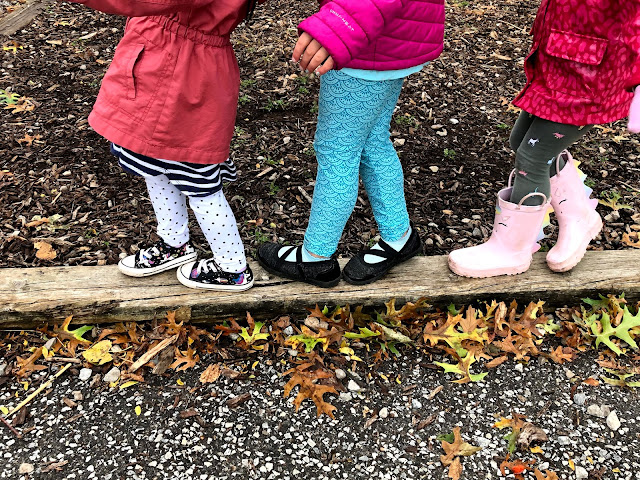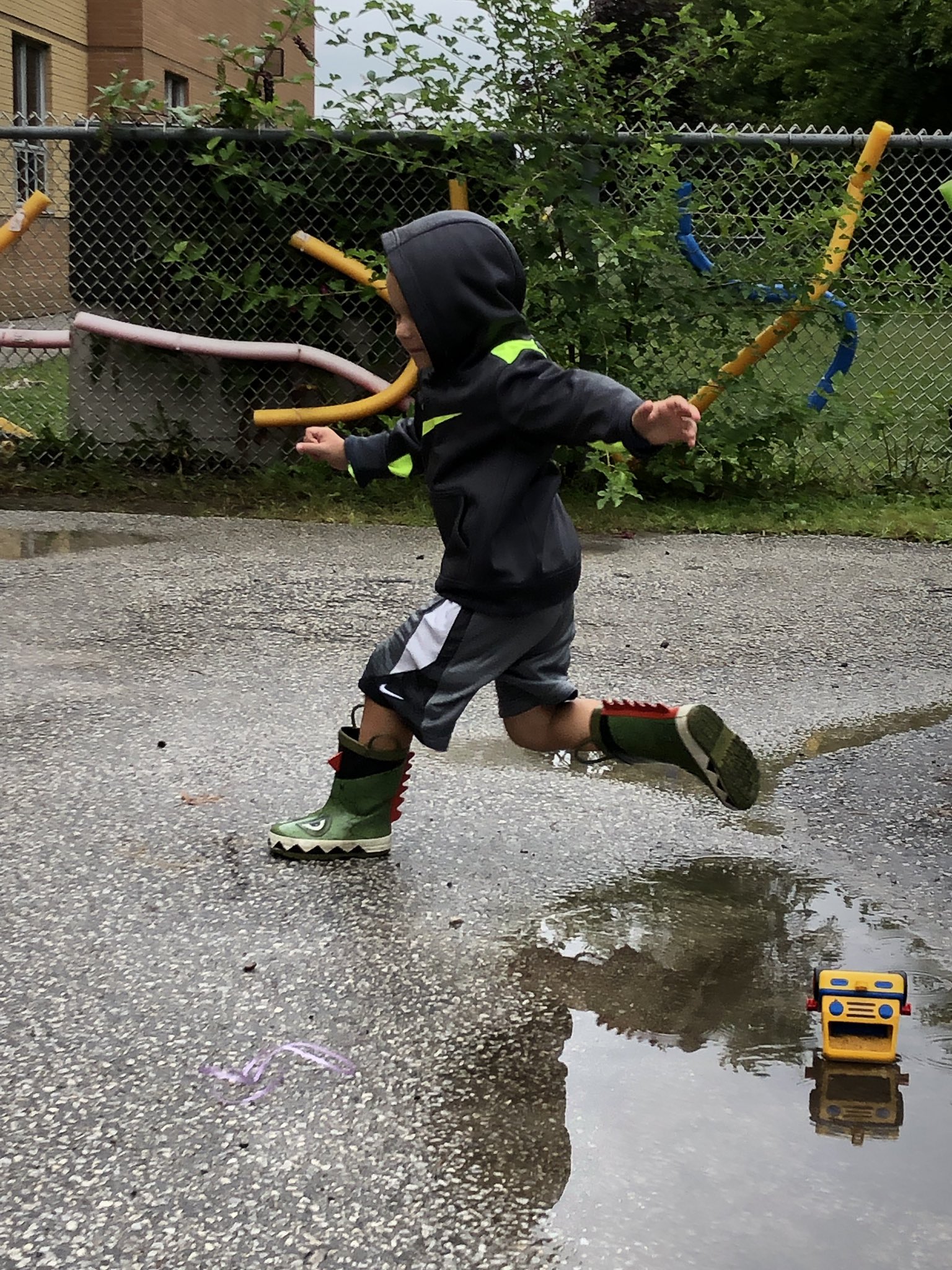A few years ago I was presented with this question at a workshop and asked to consider how a group of students would respond. After some discussion our group thought that children might recognize the third as incorrect. I was surprised when the presenter shared that most children, regardless of grade or age, think that the third example is right and the rest are incorrect. Why is that?
Most children associate the equal sign (=) with the word 'answer', so they look for traditional algebraic representations. This is why despite the third statement being incorrect, it looks like something most children regularly see and use in math (addend plus addend equals sum) so they assume it is correct. Example one, two and four don't look typical for many children, so they aren't sure about them and assume they are incorrect.
Mathematical
equations must have an equal sign indicating that two expressions have the same value.
10 is the same (or equal to) 10.
3 + 7 and 8 + 2 both equal 10.
10 is the same as 9 + 1.
Therefore providing children introductions to many different ways of writing equations, and tangible, hands-on experience with the idea of equality is very important. Despite their age young children are capable of using complex math in context, including the proper terminology for symbols like the equal sign. This can be done in many ways in kindergarten. Over the course of the last year we have been on a journey to help children understand the equal sign. This blog post outlines some of what we have done in order to achieve success.
Using Proper Terminology in Math Discussion and Discourse
In our classroom we start each morning with a number talk during our morning message. I was curious to see what my students knew about the equal sign, and how they would describe their thinking mathematically. I asked the following question:
The first few times we reviewed this prompt children replied by telling me that the equal sign meant 'answer'. They knew that four added to one was the same as five, but they could not articulate this clearly. I knew that much practice was needed to help children look at numbers in new ways, explore the idea of equal amounts and equality, and play with equations in different ways. After a few months exploring these throughout many whole and small group conversations and math invitations, I again asked children the same question. They responded by saying:
"Four plus one is the same as five. They are both five."
"Both sides are the same. They are equal. It's like if I gave you four and one cookies and I had five. We would both have the same. It would be fair."
"Each side is the same as the other."
"It's like this." (child holds up one hand and shows five fingers and then holds up the other hand with five fingers. "Each hand has five fingers. They are the same."
In our classroom we explored the following activities many times and in many different contexts to help build this algebraic understanding. Much of this work happened before we even looked at a written equation with numbers and symbols.
Building on Mirrors
We offered children mini wooden cubes on mirrors. As they built towers children realized that the reflections of their creations were doubling the total amount that they used. This was a rich opportunity to discuss the idea of equal (e.g., "The number of blocks used in your tower is equal to the blocks in its reflection.") and doubling (e.g., "We can double the number of blocks you used in your tower to calculate the total number of blocks used.").
Subitizing Match
Understanding that there are many different ways to represent the same, or equal amounts, is a foundational number sense strategy. Not only does this help children become more accurate and confident when identifying/calculating/comparing sets of objects, it provides an opportunity to show equal amounts (e.g., five tallies = five dots = the number 5).
We used subitizing cards and encouraged children to match them to random numbers written on a chart...
...and also played games where children were encouraged to find similarities between number representations. In this game children were asked to find at least three different dot arrangements to represent the same number.
Creating equal number strings is also helpful. Sometimes we will use the date as a number prompt and ask the children to explore representations in different ways. In the following picture we showed children three different ways of arranging 8 hearts and asked them to create equations based on what they saw.
After exploring the arrangements the children shared the following:
4 = 4
4 + 4 = 8
2 + 2 + 2 + 2 = 8
8 + 0 = 8
1 + 1 + 1 + 1 + 1 + 1 + 1 + 1 = 8
Sharing at Centers
Play dough is one of the most popular centers in our classroom and despite making a double batch each week, sharing equally among the large number of friends tends to be problematic. Usually the first child to visit the center grabs the entire big ball of dough, and reluctantly tears off small amounts to the children who slowly make their way there. "That's not fair! You have more than me!" is frequently heard at the table. As educators we felt this would be an excellent, real life situation to help children think about equality and equal amounts in a meaningful context. In addition to supporting and scaffolding this directly at the center, we encouraged children to think about fair, equal amounts by adding plates and laminated photos of each child to the center.


We also added tools like cutters and asked children how they could divide the play dough into equal amounts. "How do you know it's equal?" was an interesting conversation starter and the children's ideas for equality were interesting (e.g., "We could see if it fits in the same container.", "We could measure it with a scale to see if it weighs the same.")
Real Life Math Problems
Inspired by the children's problem solving at the play dough center, we used our morning message to ask children deeper, more complex questions regarding equality and fair sharing. Because they love seeing themselves on the morning message, it was effective to ask how four children might share six cookies equally.
The children saw the cookies as two groups of three, and then split the three cookies in three ways. We used arrows to represent what it was they were saying. After some conversation and use of real props they also recognized that three halves were equal to one whole and one half of a cookie, helping us delve in early fraction work.
1/2 + 1/2 + 1/2 = 1 + 1/2
 Building Equals
Building Equals
The children love to create with pattern blocks and are especially skilled at designing intricate tessellations. Wanting to introduce the concept of rotational symmetry we created eight equal sections using tape on the carpet. After building the children recognized that the blocks used in each section were equal to, or the same, as the other seven. This activity was also made available during outdoor play by placing tape directly on the pavement and offering children a basket of pattern blocks.
Equation Clothesline
Another equality invitation offered to children for exploration was the equation clothesline. This consisted of a string hung between two posts, clothespins, and subitizing cards. Children were able to represent balanced equations by finding different representations of numbers and pinning them on the clothesline. Equations could be simple (as shown in the photo where the number 2 = 2 dots on a five frame) or complex by adding addition or subtraction signs on each side of the equation (1 + 1 = 3 - 1). This provided multiple entry points into the activity with a way of differentiating it for children's needs and interests.
Visual Representation of an Equation
In
order to help children move towards thinking in algebraic
representations we provided a visual 'scale' along with numbers written
on sticky notes. Children were invited to try and create a balanced
equation by first placing numbers on the scale and then adding the equal
sign (also written on a sticky note) to the visual. We did not write
the equal sign directly on the paper because we also had 'greater than'
and 'less than' signs offered on stickies in order to differentiate the
activity for children who were working at that level.
Equation Sort
Another activity to help children practise identifying correct equations is the 'equation sort'. In this activity we presented children with a number of equations and asked them to sort them as 'correct' or 'incorrect'. Children had to justify their choices by using math language to describe their thinking. A great extension is to offer children blank strips and encourage them to create their own correct and incorrect equations and place them under the corresponding categories.
Greater Than, Less Than
Now that children are comfortable with the concept of equality, we are exploring other relationships that numbers have with one another. Inequality is something that children have expressed an interest it. We are starting our explorations by using the language 'less than' and 'greater than' in contexts to describe sets of objects, and creating the < and > symbols to show these relationships. Cubes and craft sticks are an easy invitation to try out.
It will be interesting to see where this journey continues. Please feel free to share your explorations and activities with equality and inequality in the comments below, or tweet us your ideas and feedback at @McLennan1977.




































